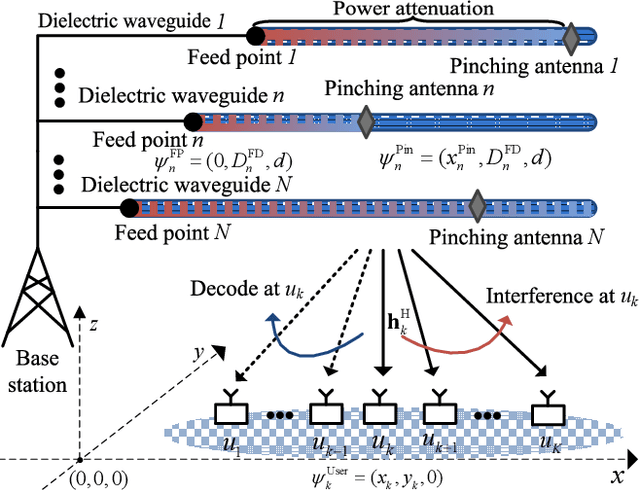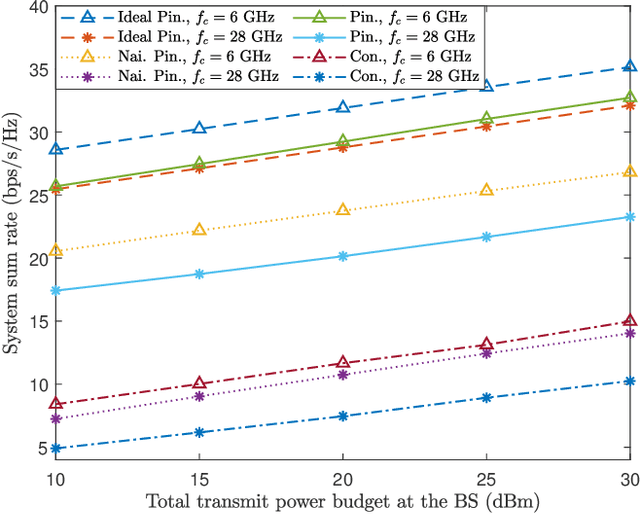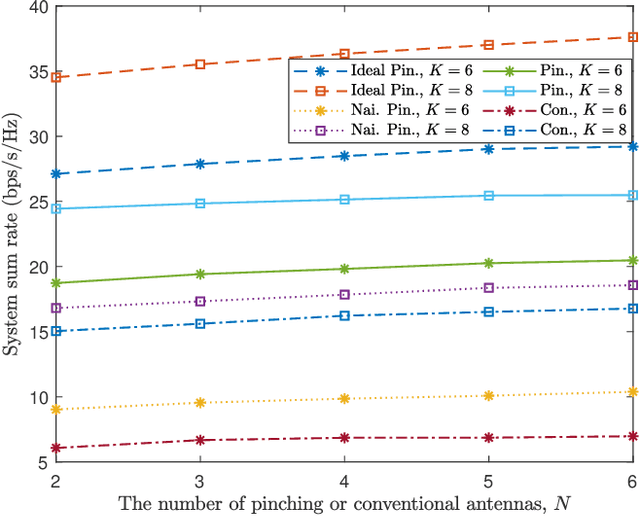Ruotong Zhao
CrimeMind: Simulating Urban Crime with Multi-Modal LLM Agents
Jun 06, 2025Abstract:Modeling urban crime is an important yet challenging task that requires understanding the subtle visual, social, and cultural cues embedded in urban environments. Previous work has predominantly focused on rule-based agent-based modeling (ABM) and deep learning methods. ABMs offer interpretability of internal mechanisms but exhibit limited predictive accuracy.In contrast, deep learning methods are often effective in prediction but are less interpretable and require extensive training data. Moreover, both lines of work lack the cognitive flexibility to adapt to changing environments. Leveraging the capabilities of large language models (LLMs), we propose CrimeMind, a novel LLM-driven ABM framework for simulating urban crime within a multi-modal urban context.A key innovation of our design is the integration of the Routine Activity Theory (RAT) into the agentic workflow of CrimeMind, enabling it to process rich multi-modal urban features and reason about criminal behavior.However, RAT requires LLM agents to infer subtle cues in evaluating environmental safety as part of assessing guardianship, which can be challenging for LLMs. To address this, we collect a small-scale human-annotated dataset and align CrimeMind's perception with human judgment via a training-free textual gradient method.Experiments across four major U.S. cities demonstrate that CrimeMind outperforms both traditional ABMs and deep learning baselines in crime hotspot prediction and spatial distribution accuracy, achieving up to a 24% improvement over the strongest baseline.Furthermore, we conduct counterfactual simulations of external incidents and policy interventions and it successfully captures the expected changes in crime patterns, demonstrating its ability to reflect counterfactual scenarios.Overall, CrimeMind enables fine-grained modeling of individual behaviors and facilitates evaluation of real-world interventions.
Sum-Rate Maximization for Pinching Antenna-assisted NOMA Systems with Multiple Dielectric Waveguides
Mar 13, 2025


Abstract:This paper investigates the resource allocation design for a pinching antenna (PA)-assisted multiuser multiple-input single-output (MISO) non-orthogonal multiple access (NOMA) system featuring multiple dielectric waveguides. To enhance model accuracy, we propose a novel frequency-dependent power attenuation model for dielectric waveguides in PA-assisted systems. By jointly optimizing the precoder vector and the PA placement, we aim to maximize the system's sum-rate while accounting for the power attenuation across dielectric waveguides. The design is formulated as a non-convex optimization problem. To effectively address the problem at hand, we introduce an alternating optimization-based algorithm to obtain a suboptimal solution in polynomial time. Our results demonstrate that the proposed PA-assisted system not only significantly outperforms the conventional system but also surpasses a naive PA-assisted system that disregards power attenuation. The performance gain compared to the naive PA-assisted system becomes more pronounced at high carrier frequencies, emphasizing the importance of considering power attenuation in system design.
Securing V2I Backscattering from Eavesdropper
Jul 22, 2024



Abstract:As our cities become more intelligent and more connected with new technologies like 6G, improving communication between vehicles and infrastructure is essential while reducing energy consumption. This study proposes a secure framework for vehicle-to-infrastructure (V2I) backscattering near an eavesdropping vehicle to maximize the sum secrecy rate of V2I backscatter communication over multiple coherence slots. This sustainable framework aims to jointly optimize the reflection coefficients at the backscattering vehicle, carrier emitter power, and artificial noise at the infrastructure, along with the target vehicle's linear trajectory in the presence of an eavesdropping vehicle in the parallel lane. To achieve this optimization, we separated the problem into three parts: backscattering coefficient, power allocation, and trajectory design problems. We respectively adopted parallel computing, fractional programming, and finding all the candidates for the global optimal solution to obtain the global optimal solution for these three problems. Our simulations verified the fast convergence of our alternating optimization algorithm and showed that our proposed secure V2I backscattering outperforms the existing benchmark by over 4.7 times in terms of secrecy rate for 50 slots. Overall, this fundamental research on V2I backscattering provided insights to improve vehicular communication's connectivity, efficiency, and security.
 Add to Chrome
Add to Chrome Add to Firefox
Add to Firefox Add to Edge
Add to Edge